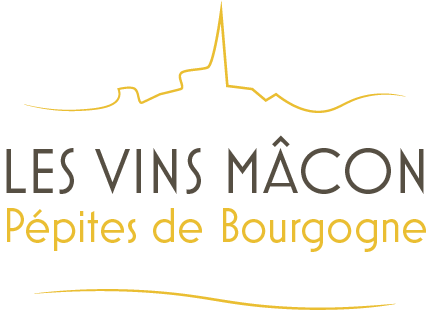Mâcon-Serrières
The wines
Red wines
Their translucid cherry red color with aromas of red fruit jelly combines with floral notes of peony and rose petal, along with touches of undergrowth, sometimes with a tinge of animal. No doubt this more virile side is due to the terroir here close by the Beaujolais. Ideal for ageing, these wines evolve towards notes of strawberry compote, marshmallow, and pepper, while their breadth on the mouth offers well-integrated tannins, leaving a considerable length.
Rosé wine
The rosés are often produced by bleeding in the vat, resulting in lively, forthright wines with an acidulated structure.
Colors
Production

mâcon-Serrières
An additional geographical denomination that is part of the Régionale Mâcon appellation in the Mâconnais.
According to the 2005 specifications rules, the name Mâcon-Serrières refers to red and rosé wines grown within a defined area in the village of Serrières.
Situation
At the southwestern extremity of the mounts on the Mâconnais, the vines of Mâcon-Serrières extend south from the Mâcon-Pierreclos AOC and north of the village of Cenves in the Rhône department, where the Petite Grosne river, a tributary of the Saône, rises in the densely wooded hills of the Haut-Beaujolais.
The Mâcon-Serrières appellation only applies to red and rosé wines and is like a precious ruby in the golden setting of the vineyards of the Mâconnais, which are mostly planted with Chardonnay. This southern part of the Mâconnais with its crystalline rocks could be described as the start of Beaujolais. In the 17th century, the aldermen of Mâcon, forerunners to municipal councilors, encouraged the local red wines to be produced using a sophisticated varietal called “Petit Gamay Noir with white juice”. This was preferred to the Gamay Fréaux, with staining red juice, a productive grape that could provide a colorful wine but with little interest in terms of taste. Petit Gamay Noir was adopted by the Mâcon appellation in 1937, in particular in Serrières. This predominance of the Gamay grape appeared on images produced by Jean-Marie Combier, a native of the hamlet of Monterrains and a famous printer whose postcards have been so useful to geographers trying to retrace the evolution of the winegrowing landscape since the 1920s.
Terroir
Level 1
Not far from the Signal de la Mère Boitier, the highest point in southern Bourgogne at 758 meters above sea level, the winegrowing slopes of Serrières are found on either side of the steep-sided valley of the Petite Grosne at between 300 meters above sea level at Le Tremblay and 415 meters above sea level at the hamlet of Provenchères. Influenced by the cool weather and average rainfall of some 950mm annually on the foothills of the granite Massif Central, the climate of Serrières leads to a growth cycle of the vines that is a little later than in the rest of the Mâconnais.
Level 2
Mainly facing east and southeast, the Gamay varietal enjoys a very sunny aspect here. It flourishes on siliceous Trias terrain dating back 200-250 million years, and reddish-pink sand that is prone to gully erosion and produced from the erosion of ancient magmatic rock from the first Carboniferous era, between 330-346 million years ago.

